Increasing Regulatory Scrutiny
The Pharmaceutical Waste Management Market is experiencing heightened regulatory scrutiny as governments and health organizations implement stricter guidelines for waste disposal. This trend is driven by the need to mitigate environmental risks associated with pharmaceutical waste, which can have detrimental effects on ecosystems and public health. Regulatory bodies are establishing comprehensive frameworks that mandate proper waste segregation, treatment, and disposal methods. As a result, pharmaceutical companies are compelled to invest in compliant waste management solutions, thereby driving market growth. The market is projected to expand significantly, with estimates suggesting a compound annual growth rate of over 5% in the coming years, as organizations strive to adhere to these evolving regulations.
Rising Environmental Awareness
There is a growing awareness regarding environmental sustainability, which is influencing the Pharmaceutical Waste Management Market. Stakeholders, including consumers and healthcare providers, are increasingly concerned about the ecological impact of pharmaceutical waste. This awareness is prompting pharmaceutical companies to adopt more sustainable waste management practices. Initiatives aimed at reducing waste generation and promoting recycling are gaining traction. The market is likely to see a shift towards eco-friendly disposal methods, such as incineration and advanced treatment technologies. This shift not only aligns with consumer expectations but also enhances corporate social responsibility, potentially leading to a more favorable market position for companies that prioritize sustainable practices.
Expansion of Healthcare Infrastructure
The expansion of healthcare infrastructure is significantly impacting the Pharmaceutical Waste Management Market. As healthcare facilities proliferate, the volume of pharmaceutical waste generated is expected to rise correspondingly. New hospitals, clinics, and pharmacies are being established, particularly in emerging markets, which increases the demand for effective waste management solutions. This expansion necessitates the implementation of robust waste management systems to handle the increased waste load. Furthermore, as healthcare providers strive to meet regulatory requirements, there is a growing need for specialized waste management services. This trend is anticipated to drive market growth, with projections indicating a steady increase in demand for pharmaceutical waste management services in the coming years.
Growing Demand for Safe Disposal Methods
The demand for safe and effective disposal methods is a significant driver in the Pharmaceutical Waste Management Market. With the increasing volume of pharmaceutical products being manufactured and consumed, the need for proper disposal methods has become paramount. Stakeholders are seeking solutions that not only comply with regulations but also ensure public safety and environmental protection. This demand is leading to the development of specialized waste management services that cater specifically to the pharmaceutical sector. Companies are investing in secure disposal methods, such as controlled incineration and chemical treatment, to mitigate risks associated with hazardous waste. This trend is likely to bolster market growth as organizations prioritize safety and compliance.
Technological Innovations in Waste Management
Technological advancements are playing a pivotal role in shaping the Pharmaceutical Waste Management Market. Innovations such as automated waste segregation systems, advanced incineration technologies, and real-time monitoring solutions are enhancing the efficiency and effectiveness of waste management processes. These technologies enable pharmaceutical companies to minimize waste generation and ensure compliance with regulatory standards. The integration of artificial intelligence and machine learning in waste management systems is also emerging, allowing for predictive analytics and improved decision-making. As these technologies become more accessible, the market is expected to witness a surge in adoption, potentially leading to a more streamlined and cost-effective waste management landscape.
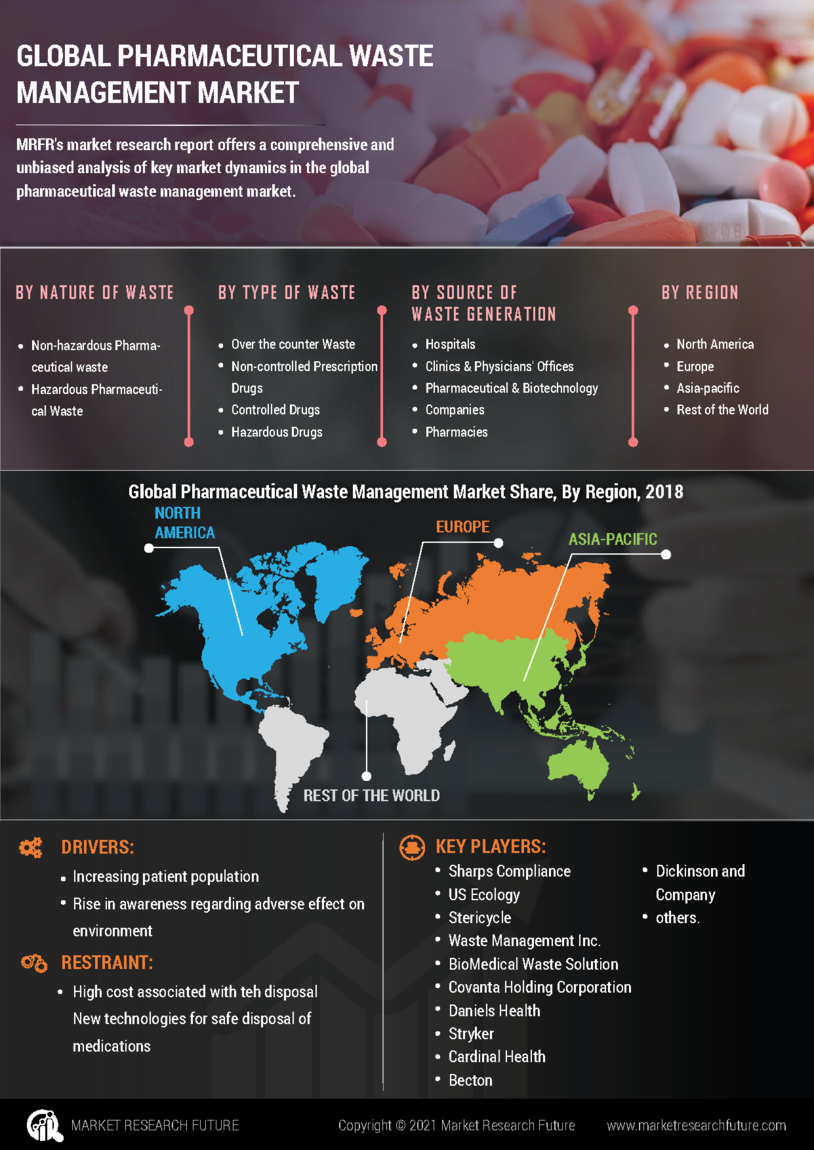

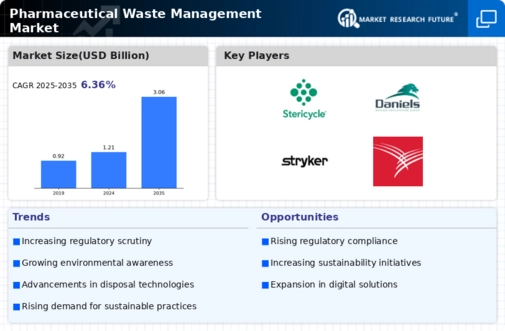
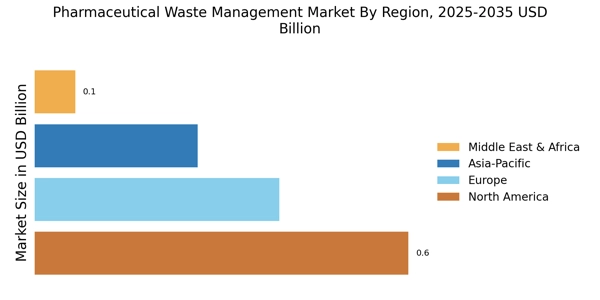

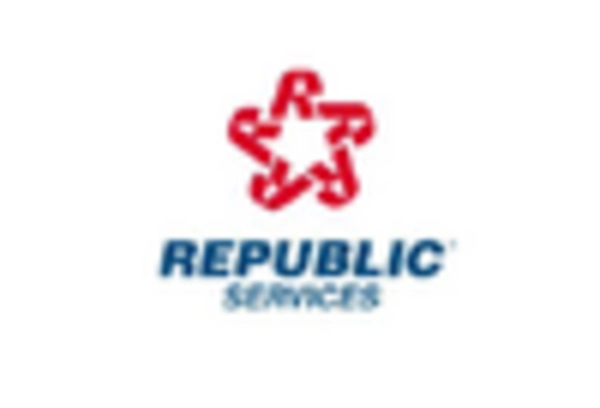
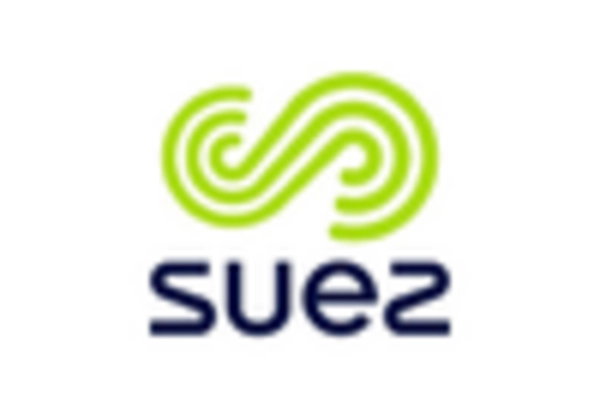
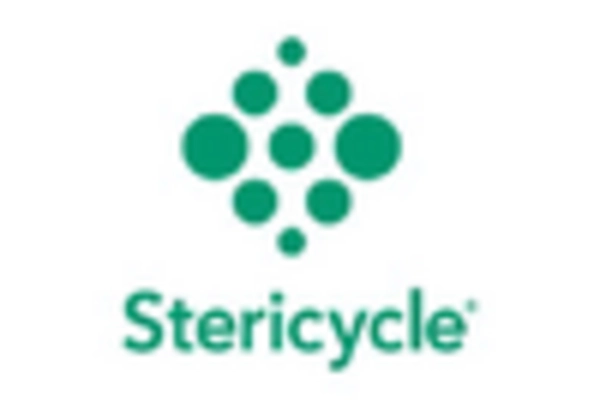
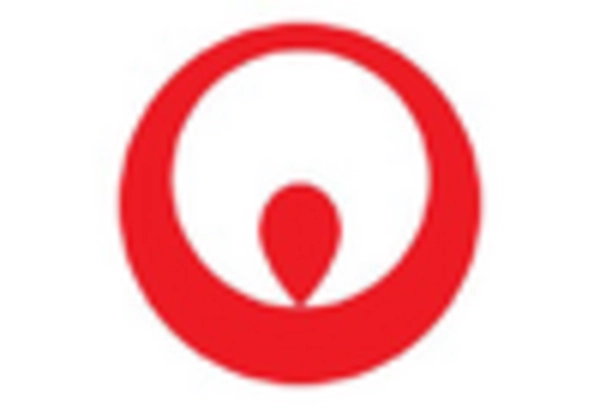
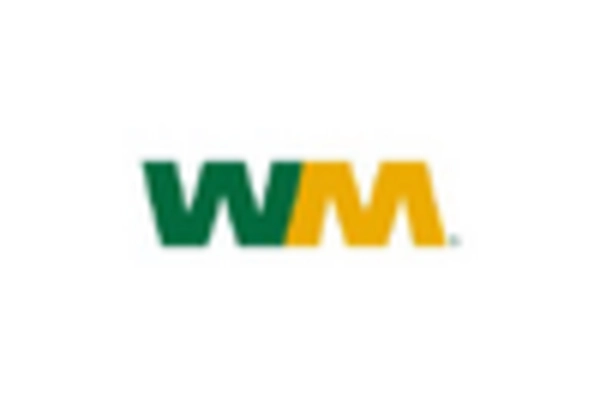








Leave a Comment